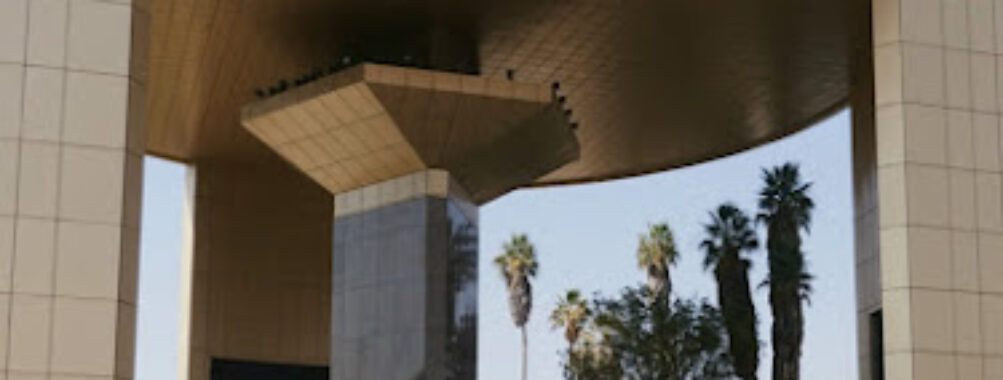
Independence Museum
“`html
Table of Contents
Description
The Independence Museum in Windhoek feels like stepping into a moment that changed everything. It’s not just a building with displays—it’s a story, a statement, and a symbol of Namibia’s long, complicated road to freedom. The museum stands tall in striking socialist-realist architecture, a bold reminder of the country’s past struggles and triumphs. Some people find the exterior a bit severe, but once inside, the atmosphere takes on a quiet reverence that makes you stop and think.
The exhibits trace the history of Namibia’s resistance to colonial rule, from the early uprisings to the eventual independence in 1990. What’s fascinating is how the museum doesn’t shy away from the difficult parts—it faces them head-on. There are photographs that tug at your heart, weapons that tell stories of defiance, and personal accounts that make the history feel alive. It’s not a “pretty” museum in the traditional sense—it’s raw, emotional, and deeply human.
I remember walking through the gallery of liberation heroes, feeling this mix of pride and sadness. You can almost sense the energy of the people who fought for what they believed in. And then, when you reach the top floor, the view of Windhoek spreads out beneath you like a quiet reward. There’s a restaurant up there too—simple, but with panoramic windows that make even a cup of coffee feel like part of the experience.
This museum isn’t for those looking for flashy tech or interactive screens. It’s for travelers who appreciate authenticity, who want to understand Namibia beyond the safari brochures. It’s a place that invites reflection. You leave not just knowing more about the country’s history, but feeling part of its story.
Key Features
- Striking socialist-realist architecture that symbolizes Namibia’s independence era
- Comprehensive exhibits on the country’s anti-colonial resistance and liberation struggle
- Gallery dedicated to national heroes and freedom fighters
- Panoramic views of Windhoek from the top-floor restaurant
- Wheelchair-accessible entrances, restrooms, and parking facilities
- Family-friendly environment suitable for children and school visits
- On-site amenities including restrooms and a restaurant serving local and continental dishes
Best Time to Visit
If you’re planning a visit, the best time is during Namibia’s cooler, dry months—roughly from May to September. The air is crisp, the skies are clear, and you can comfortably explore without the midday heat pressing down on you. Morning visits are especially nice because the light streaming through the large glass panels makes the exhibits glow softly.
That said, I once went in the late afternoon, and honestly, it was magical. The golden hour light hits the bronze Freedom Statue outside, and the whole scene feels cinematic. Plus, if you time it right, you can grab a seat at the restaurant upstairs and watch the sun dip behind the city skyline. It’s one of those quiet travel moments that just stick with you.
How to Get There
Reaching the Independence Museum is pretty straightforward if you’re already in Windhoek. Most visitors either walk from the city center or take a short taxi ride—it’s close enough that you won’t need to plan an entire day around it. The museum sits on a hill, which gives it that commanding view over the city, but also means a bit of an uphill walk if you’re coming on foot.
If you’re driving, there’s accessible parking nearby, and the roads leading to the museum are well-marked. Local guides often include it as part of a city tour, so if you’re short on time, that’s a convenient option. For solo travelers like me, I’d say just go at your own pace—half a day is enough to take it all in without rushing.
Tips for Visiting
A few things I wish I’d known before my first visit. First, bring a bit of patience. The museum’s layout can feel slightly confusing at times, and not every exhibit has English translations, so take your time to piece together the story. A guide can help, but wandering on your own has its charm too.
Wear comfortable shoes—the floors are spacious, and you’ll probably want to walk around the outside area as well. Photography is allowed in most sections, but always double-check with the staff. They’re friendly and usually happy to share extra tidbits about the displays.
If you’re traveling with kids, they’ll find the larger-than-life statues and murals fascinating, though some of the historical content might be heavy for younger ones. The museum is fully accessible, which is a big plus for families or travelers with mobility needs. And don’t skip the top-floor restaurant—it’s not just about the food, it’s about that view.
Lastly, give yourself a moment after the visit to just sit outside and take it all in. The museum stands opposite the old German colonial church, and the contrast between the two buildings says more about Namibia’s journey than any plaque could. It’s one of those places that stays with you long after you’ve left—quietly powerful, deeply meaningful, and a must-visit for anyone who wants to understand the soul of this country.
“`
Location
Places to Stay Near Independence Museum
Find and Book a Tour
Explore More Travel Guides
No reviews found! Be the first to review!